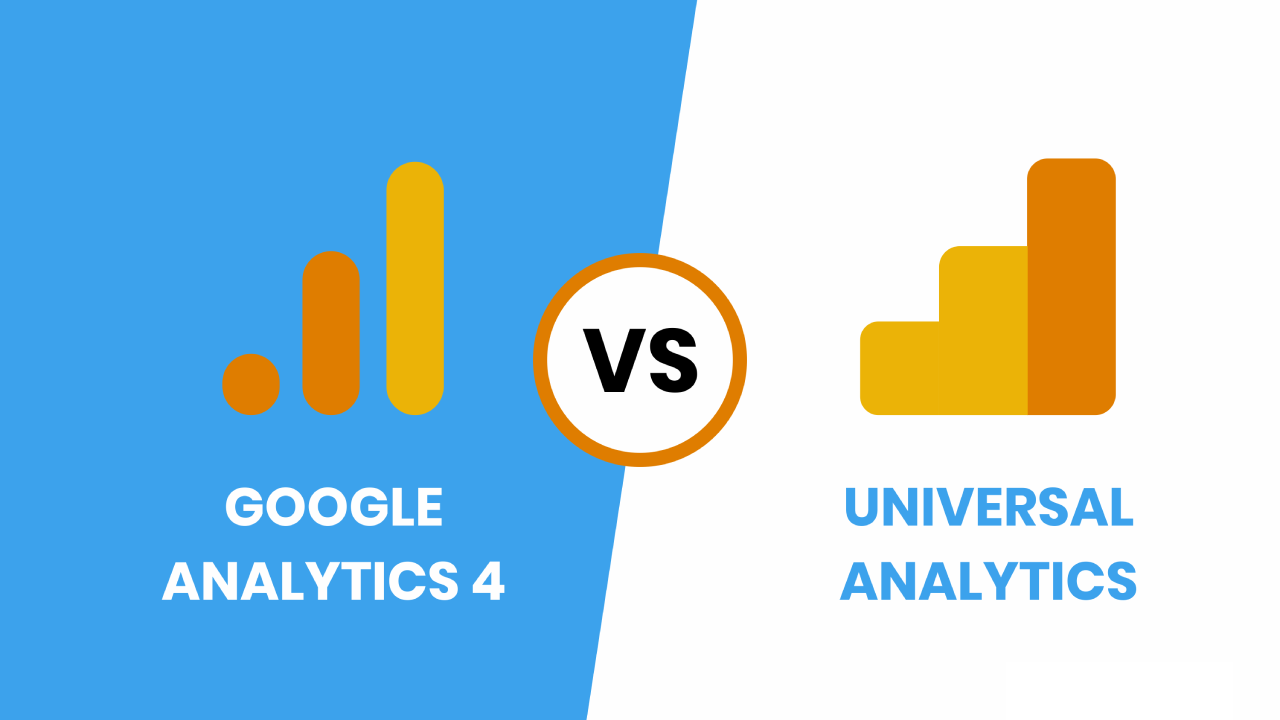Google Analytics has been an essential tool for website owners and marketers for years. It provides insights into website traffic, user behavior, and marketing performance. However, with changing times and user needs, Google has launched a new version of Google Analytics called GA4, which is more advanced and comprehensive than its predecessor, Universal Analytics (UA).
So, why did Google launch GA4 instead of UA? Let’s dive into the reasons behind this.
The need for a privacy-first approach:
With growing concerns about user privacy, Google has been moving towards a privacy-first approach. GA4 is designed with privacy at its core. It uses a new measurement model that relies on events rather than sessions and cookies. This ensures that user data is anonymized and not tied to a specific device or user. GA4 also allows users to opt out of tracking and provides more control over data sharing.
The changing customer journey:
In today’s digital age, the customer journey has become more complex and fragmented. Users interact with businesses across various channels and devices, making it challenging to track and analyze their behavior accurately. GA4 is designed to provide a more complete view of the customer journey across all devices and channels. It also allows for better tracking of user engagement with mobile apps, which is becoming increasingly important.
Machine learning and AI-powered insights:
GA4 is built on Google’s machine learning and AI-powered technology, which provides more advanced insights into user behavior and marketing performance. It uses advanced modeling techniques to identify patterns and trends that would be difficult to detect with traditional analytics. This allows marketers to make data-driven decisions that can improve the effectiveness of their marketing campaigns.
The future of analytics:
Google has made it clear that GA4 is the future of Google Analytics. While UA will still be supported, all new features and updates will be focused on GA4. As a result, businesses need to start migrating to GA4 to take advantage of the latest features and advancements in analytics.
Google is not removing Universal Analytics (UA) completely, but it is shifting its focus to Google Analytics 4 (GA4) as the primary analytics tool going forward. There are several reasons why Google is making this move:
The changing landscape of digital marketing: The way people interact with businesses online is constantly evolving, and the traditional way of measuring user behavior through sessions and pageviews is becoming increasingly insufficient. GA4 is designed to provide a more complete view of user behavior across multiple devices and platforms, including mobile apps.
Privacy concerns: With increasing concerns over data privacy, Google has been moving towards a more privacy-centric approach. GA4’s event-based model is designed to reduce reliance on cookies, and user data is anonymized by default, providing a more secure and privacy-compliant analytics solution.
Advances in technology: GA4 is built on Google’s machine learning and artificial intelligence capabilities, enabling businesses to gain deeper insights into user behavior, identify trends, and make data-driven decisions.
The future of analytics: Google has made it clear that GA4 is the future of analytics, and it will be the primary analytics tool going forward. While UA will still be supported, all new features and updates will be focused on GA4. Businesses that want to stay ahead of the curve and take advantage of the latest analytics advancements should start migrating to GA4 as soon as possible.
In summary, Google is bringing GA4 as the primary analytics tool due to the changing landscape of digital marketing, increasing privacy concerns, advances in technology, and its future focus on analytics. While UA will still be available, businesses that want to stay competitive should start migrating to GA4 to take advantage of the latest features and improvements.


























